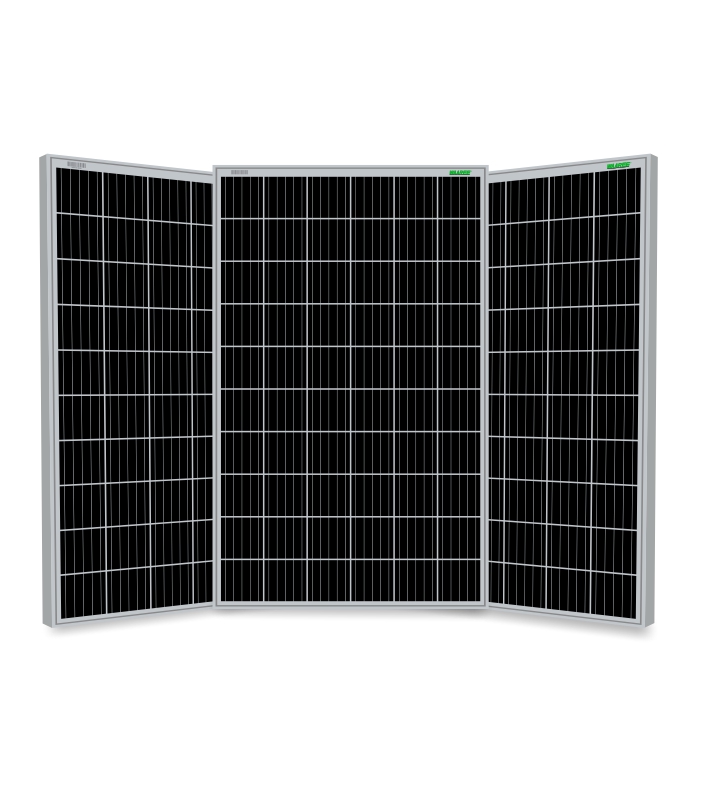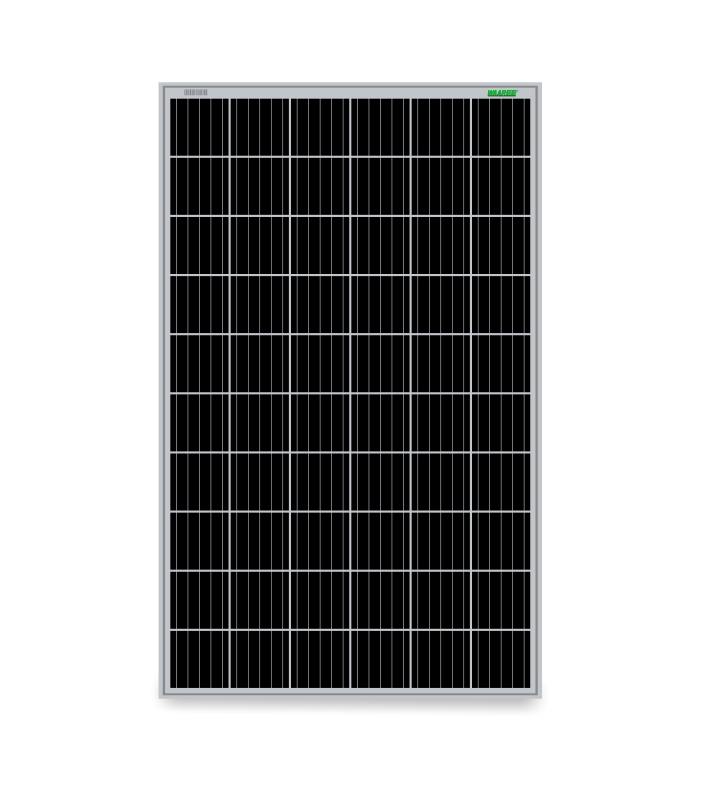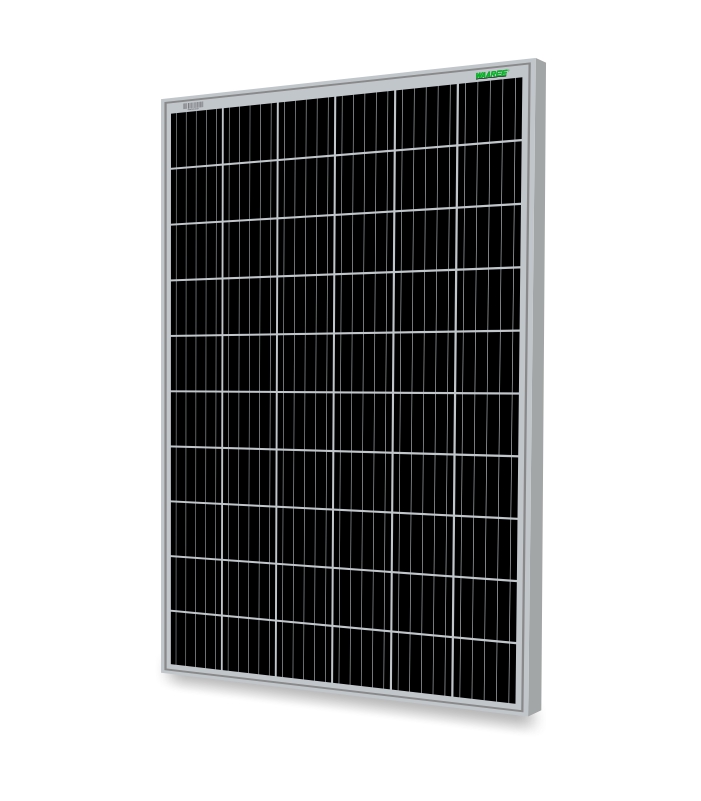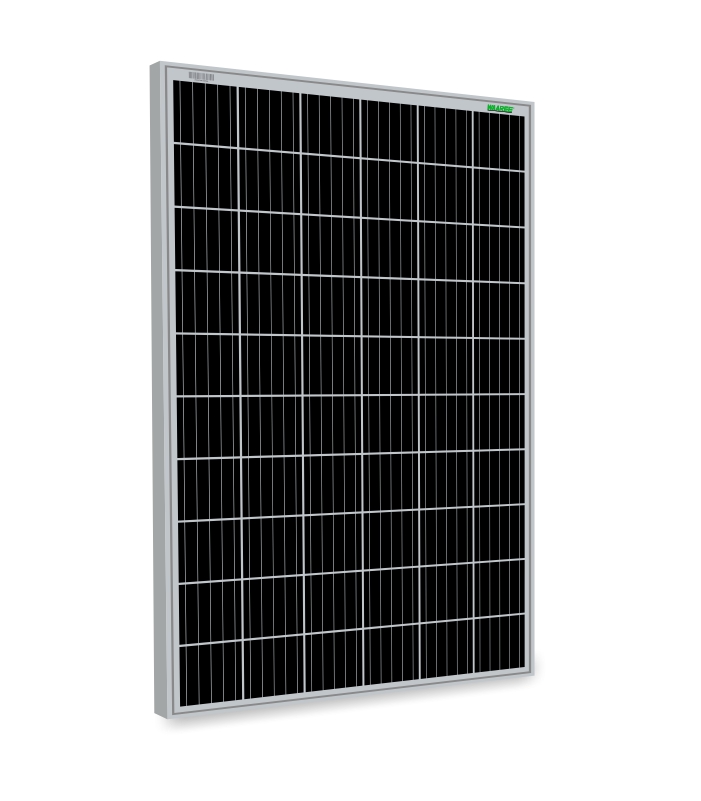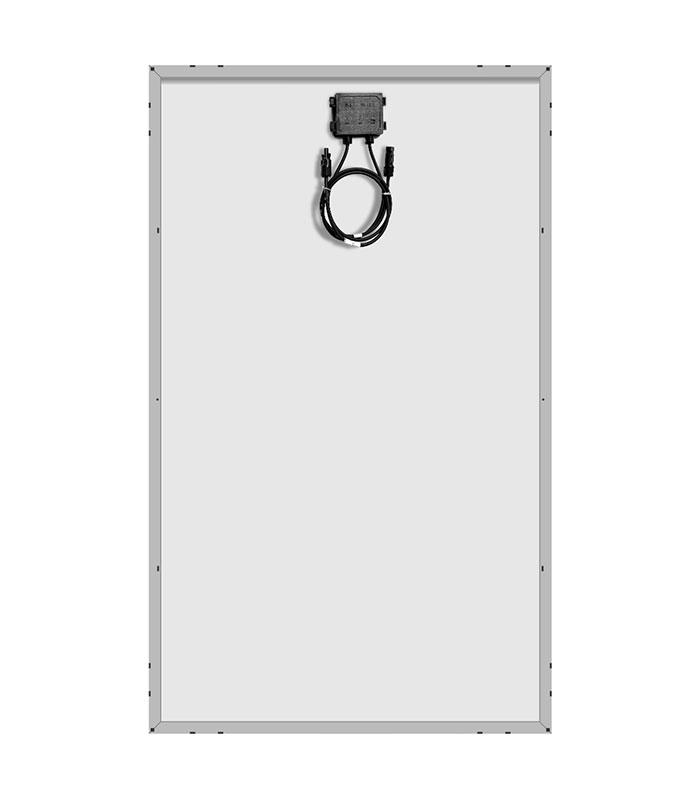PV Modules
Monocrystaline solar panels contain cells that are cut from a single crystalline silicon ingot. The composition of these cells is purer because each cell is made from a single piece of silicon. As a result, mono panels are slightly more efficient than poly panels. They also perform better in high heat and lower light environments, which means they will produce closer to their rated output in less than ideal conditions.
PERC
Cells
PERC stands for Passivated Emitter and Rear Cell technology. PERC cells are distinguished by an extra layer of material on the backside of the solar panel, called the passivation layer.
Think of the passivation layer like a mirror. It reflects
light that passes through the panel, giving it a second chance to be absorbed
by the solar cell. More solar radiation is absorbed by the cell, which results
in a higher efficiency panel.
Half-Cut
Cells
The smaller size of half-cut cells gives improved efficiency over traditional cells.
Solar
cells transport electrical current through ribbons that connect neighboring
cells in a panel. Some of this current is lost due to resistance during
transport.
Because
half-cut cells are half the size of a traditional cell, they generate half the
electrical current. Lower current between cells means less resistance, which
ultimately makes the cell more efficient.
In
addition, half-cut cells can be more shade-tolerant. When shade falls on a
solar cell, it not only reduces the production from that cell, but every other
cell connected to it in series as well.
Bifacial Solar Panels
Bifacial solar panels are panels that are treated with conductive material on both sides. They’re designed to take advantage of reflected sunlight that hits the backside of the panel.
In
theory, this sounds like a great idea because you are doubling the conductive
surface area of the panel. But in practice, bifacial panels call for a much
more expensive mounting setup to get any real benefits from the technology.
The system needs to be mounted in an elevated position
so that there is clearance below the array. It also calls for the right
reflective material beneath your array, like white rocks below a ground mount
or a white roof.

